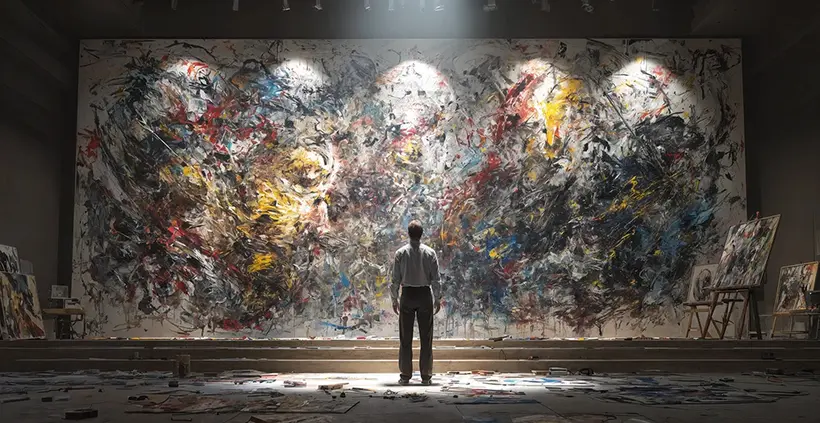Why Are the Works of Artists Valued More?

Art has always been a cornerstone of human culture, often holding a special place in society due to its ability to inspire, provoke thought, and connect with people on a deeply emotional level. But why are the works of artists valued so highly, sometimes even more than functional creations? The reasons lie in a mix of creativity, emotional resonance, cultural significance, and economic factors.
At its core, art is an expression of originality. Artists channel their imagination and personal experiences into their work, creating pieces that are unique and irreplaceable. This level of creativity sets art apart from mass-produced items, making it highly desirable. Each artwork reflects the artist’s thoughts and emotions, which gives it a one-of-a-kind quality that cannot be replicated.
Another important factor is the emotional connection that art fosters. People are often drawn to works that resonate with their feelings or memories, making art much more than a physical object - it becomes a personal experience. For example, a painting might evoke a sense of wonder or nostalgia, while a sculpture might symbolize strength or resilience. This emotional impact adds a level of value that goes beyond material considerations.
Cultural and historical significance also play a crucial role in the value of art. Artworks often serve as mirrors to society, capturing the spirit of an era or reflecting important historical moments. For instance, works like Picasso’s Guernica or Michelangelo’s David are not just admired for their aesthetic appeal but are also celebrated for their cultural relevance and ability to tell stories. These works preserve history and provide insights into the social and political climates of their time.
Rarity and Investment Potential
Rarity is another key factor in why the works of artists are highly valued. Unlike items that can be reproduced endlessly, original artworks are inherently limited. Once an artist creates a piece, it exists as a singular entity. This exclusivity adds to its allure, especially when the artist is no longer alive, as their body of work becomes finite. The rarity of such pieces makes them desirable, not just as collectibles but also as symbols of status and prestige.
In addition, art has significant economic value, often seen as a stable investment. Over time, the value of certain artworks tends to appreciate, making them attractive to collectors and investors alike. High-profile auctions and museum acquisitions demonstrate how art can serve as both a financial asset and a cultural treasure.
In conclusion, the works of artists are valued more because they embody a unique blend of creativity, emotional resonance, cultural importance, and investment potential. Art connects us to history, reflects human ingenuity, and stirs profound emotions, making it a timeless and irreplaceable part of human civilization.